Last year I had the privilege of attending the popular festivities of San Juan de Osma and La Sabana, I collected enough photographic and documentary material to make a publication which was very well received by most of you.
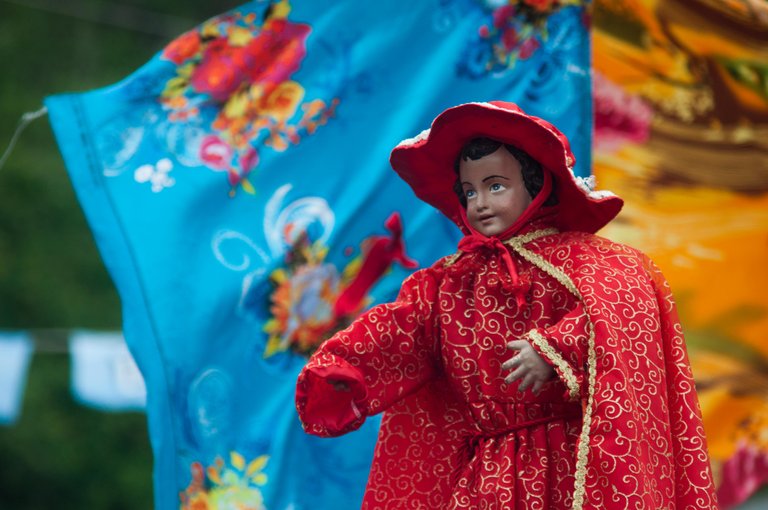

This year I traveled with the same group of musical friends to the festivities of San Juan de Cata, this time in the state of Aragua Venezuela where as in the Sabana and Osma have about 300 years celebrating this tradition organized by afrodescendant peoples of the coast of Venezuela.
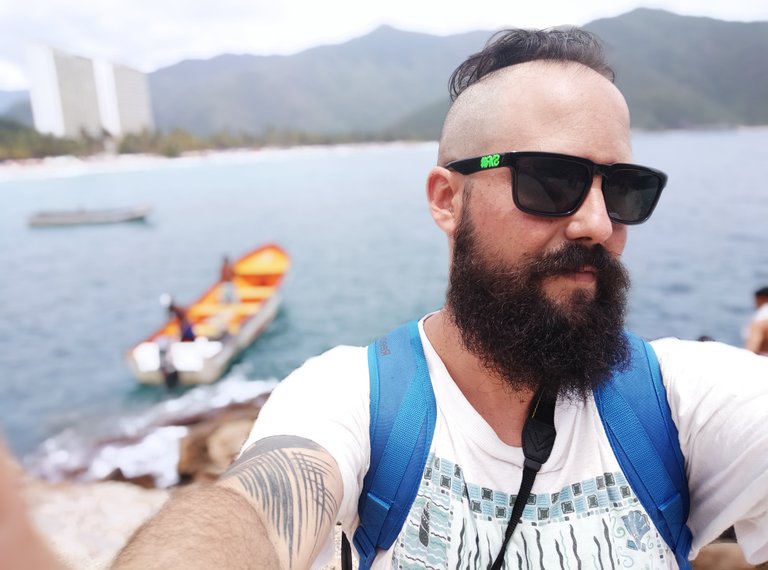
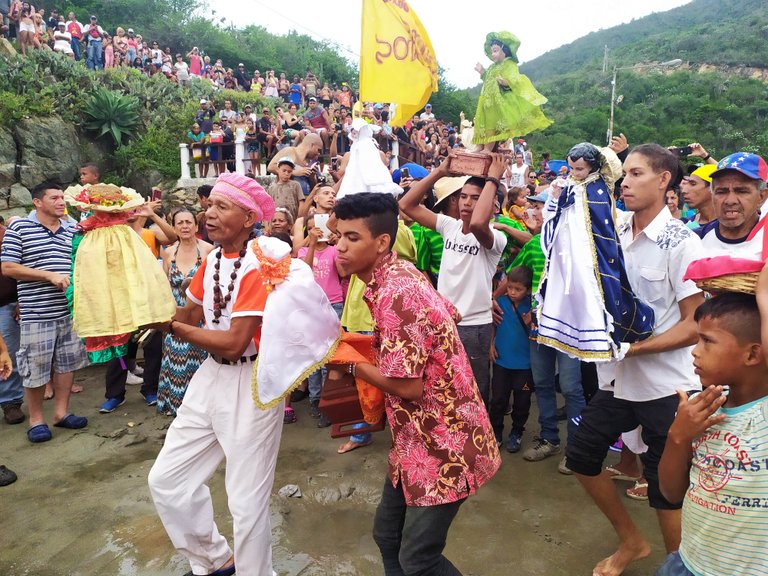
To put it in context, the celebration of San Juan is a Catholic tradition that has its origins in Europe where thousands of devotees celebrate St. John the Baptist. In Venezuela it is celebrated under other special conditions that are intimately linked to the arrival of the Spanish invaders who, by seizing these lands, imposed their religion on the aboriginal inhabitants par excellence of all America and later on the Africans who were captured and enslaved in these lands.
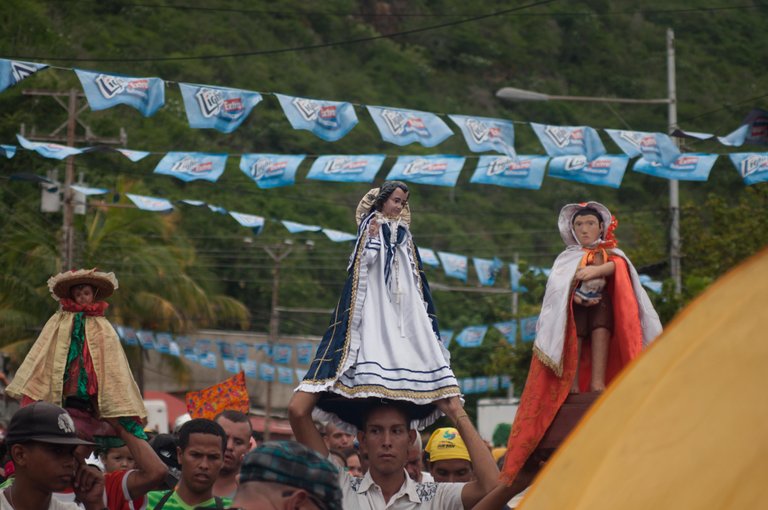

The strategy of the African people is really amazing, it is evident that the African brothers brought with them a cultural richness full of mythology, legends and beliefs, a worldview very different from the western one, and this is the starting point for everyone to agree to maintain their beliefs no matter what it took, the idea gave birth to the most striking syncretic system in the world, hide their deities through Catholic icons to continue maintaining their traditions, this is how the celebration of St. John is born, and although it is very unlikely that these confraternities will bring to public light their true intentions is easy to understand.
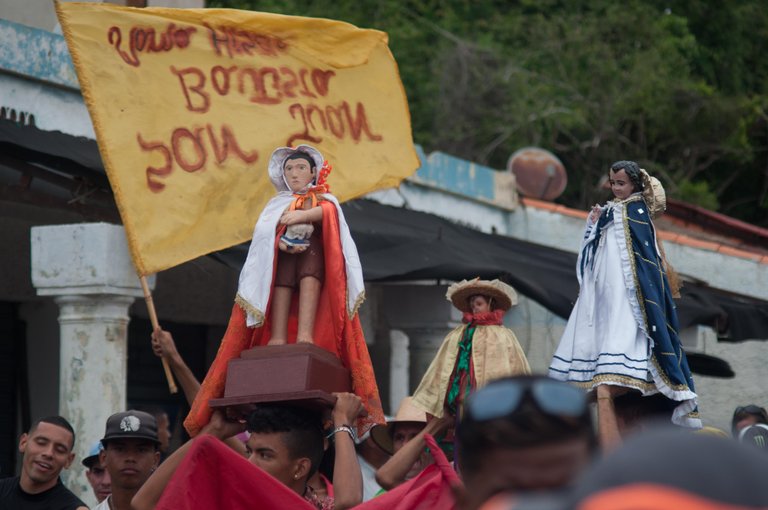

Most of the African slaves who arrived in Venezuela came from the Congo, therefore the religion in which they placed their faith is still known today as Yoruba, although many worshippers maintain that it has to do with other African deities, the problem is that the brotherhoods maintain that it is a Catholic activity, but the reality is different, the drums as well as the original songs come from African beliefs and religions.
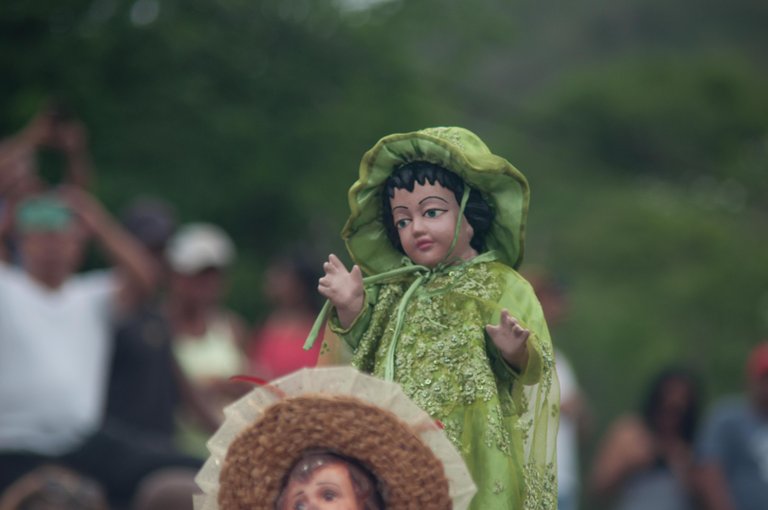
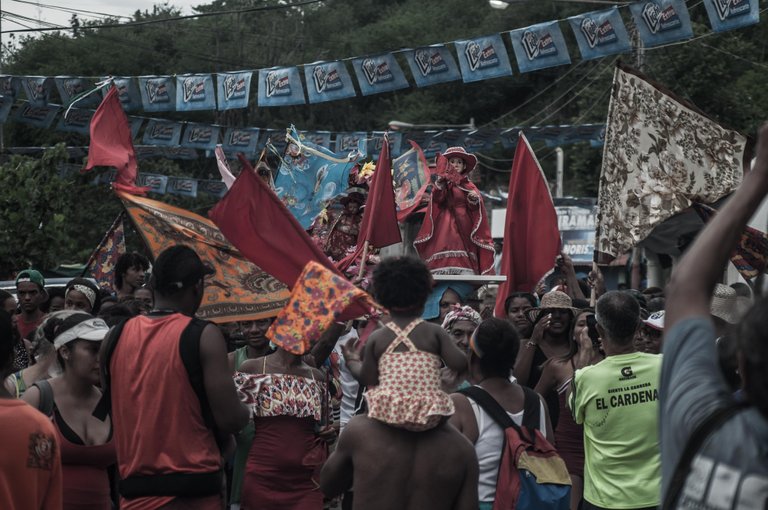
To get to Cata there is a road that crosses the mountain of Herri Pittier National Park, the mountain has a height of almost 3000 meters above sea level, the crossing consists of climbing to its highest point and then descend to the opposite side where the sea is, it is really incredible the diversity of ecosystem that encloses this park with its spectacular beaches.
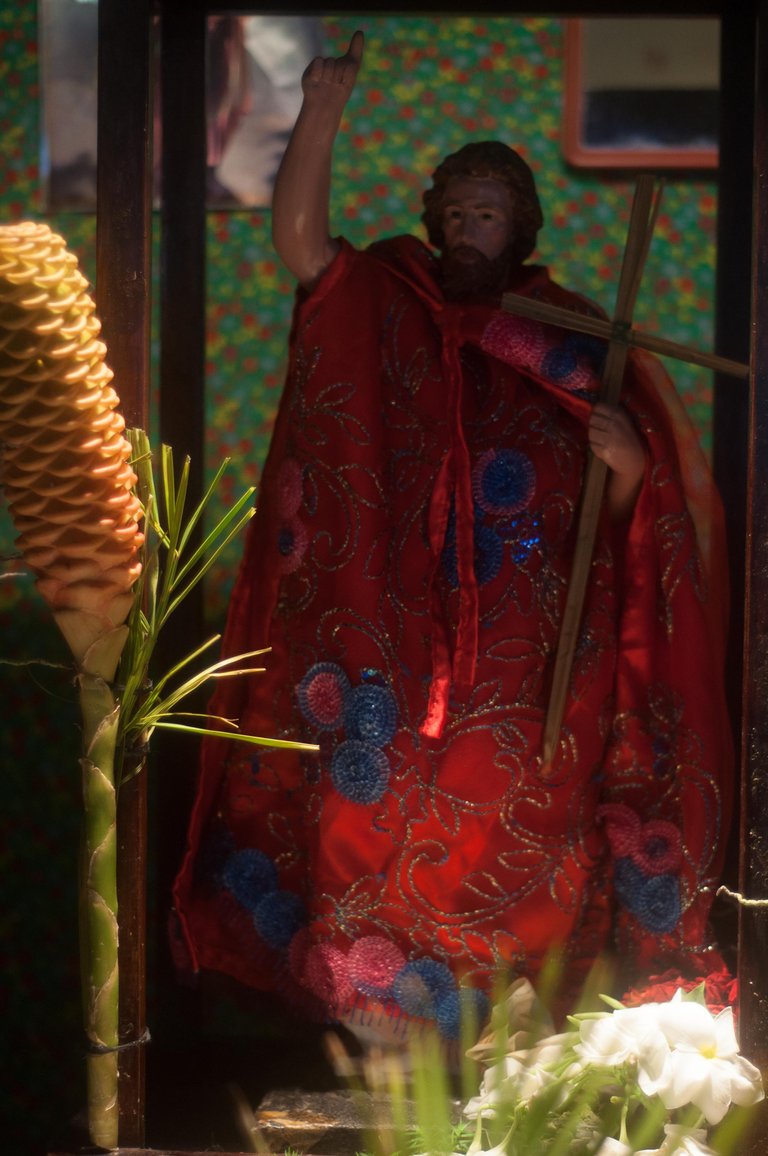

The first stop was at Cata Bay, a tourist site for its tropical beaches. The purpose of this stop was to supply us with hydration and to be able to bathe for a while in the beach while it was towards the hour to go up to the mouth another very near sector where it began a sample of several saints of several near bays that celebrate the same tradition of San Juan. Here they arrive through boats 3 communities that dance with the saints until 6:00 pm when each community goes to its population to start the festivity in a synchronized way.
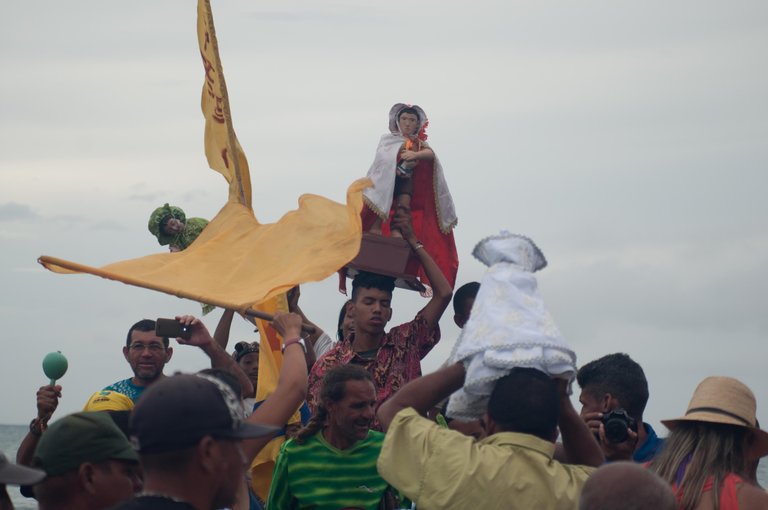
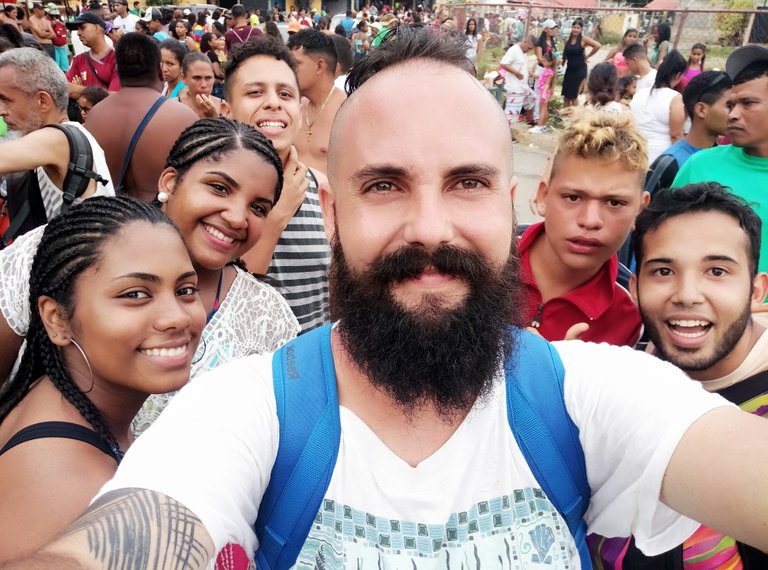
Then I went to the town of Cata where we stayed in an inn that was included with the cost of the trip that was about 5 U.S. dollars, each brought food supplies such as rice, spaghetti, red meat, chicken in order to prepare food in the inn, once we bathed and rested we dispersed in groups through the small town to know every corner, The festivity was about to begin, I knew this through some rockets that ignite and every time it explodes means something, the first to notify that the saint arrived and is ready to leave, the second warning that is about to go out to the streets and the last to officially start the festivity.

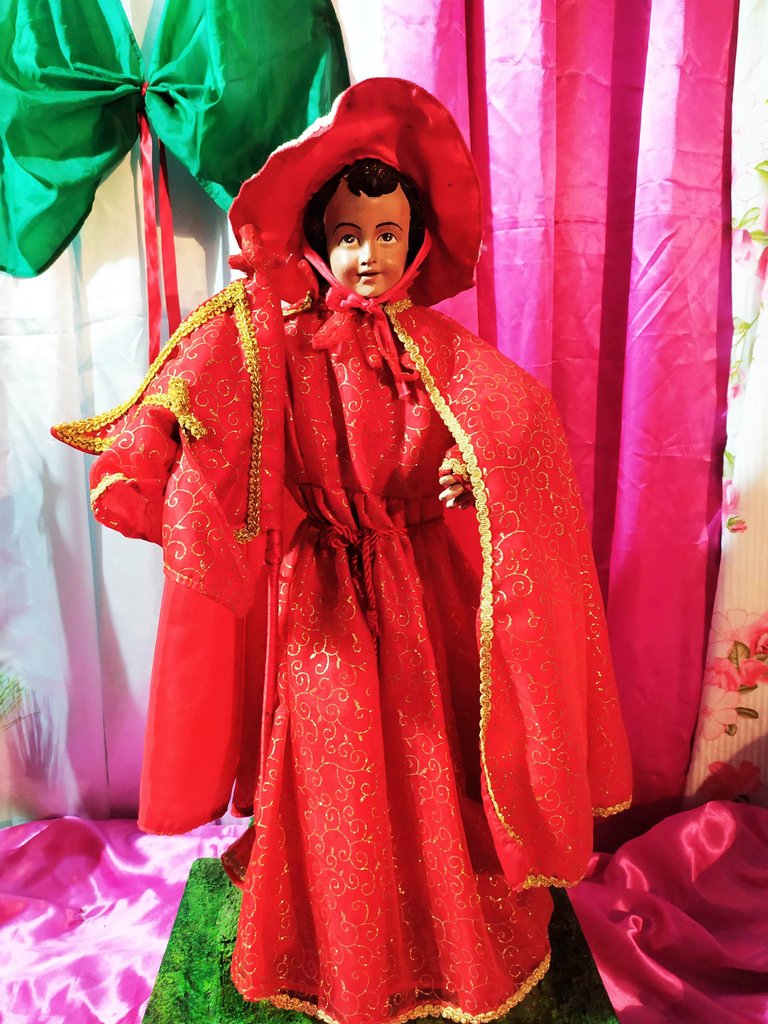
There are several statues of San Juan but the most important is the one that is 300 years old and that for reasons of restorations do not move much during the activity. The tour is accompanied by musicians who play drums and sing songs that also have the same time as the oldest statue. During the transfer they pass through several streets until ending in the main church, where they only dance and continue singing, something characteristic is that the statue of San Juan is exclusive property of the brotherhoods that are in charge of organizing the festivity. This means that San Juan does not rest in the church, when the activity ends the Saints are kept in their own house that works as a museum and where people can go all year round to ask for things of different favors.
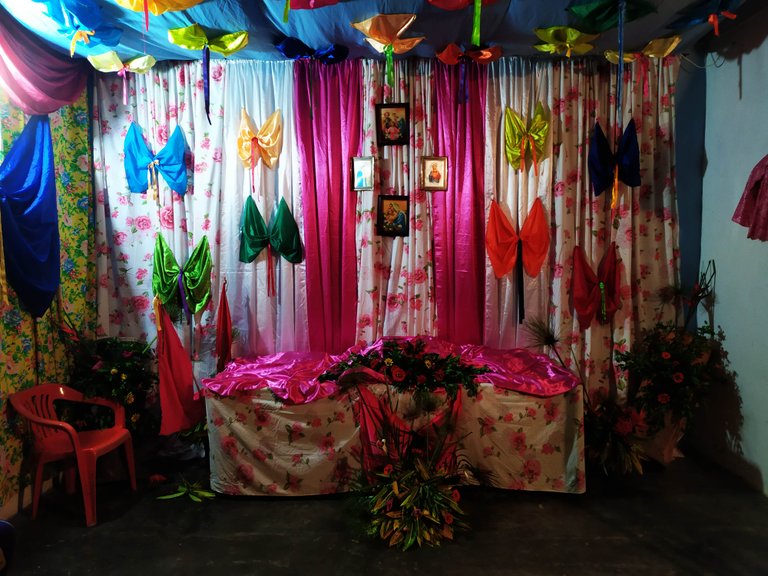

At the end of the night I was very tired so I decided to go to sleep, the next day was the return to Caracas Capital of Venezuela. The next day I ate and asked the organizers of the trip we would make during the day until the time of the return, and by surprise and for the first time in my life I was able to share with a family of San Juaneros and if that was not enough in the house of one of the devotees and organizers of the cultural activity of San Juan, Mrs. Maria Gomez is 102 years old and is the last of her group, it is incredible the capacity of memory that has this lady who has devoted almost a century to maintain this tradition of 400 years old.
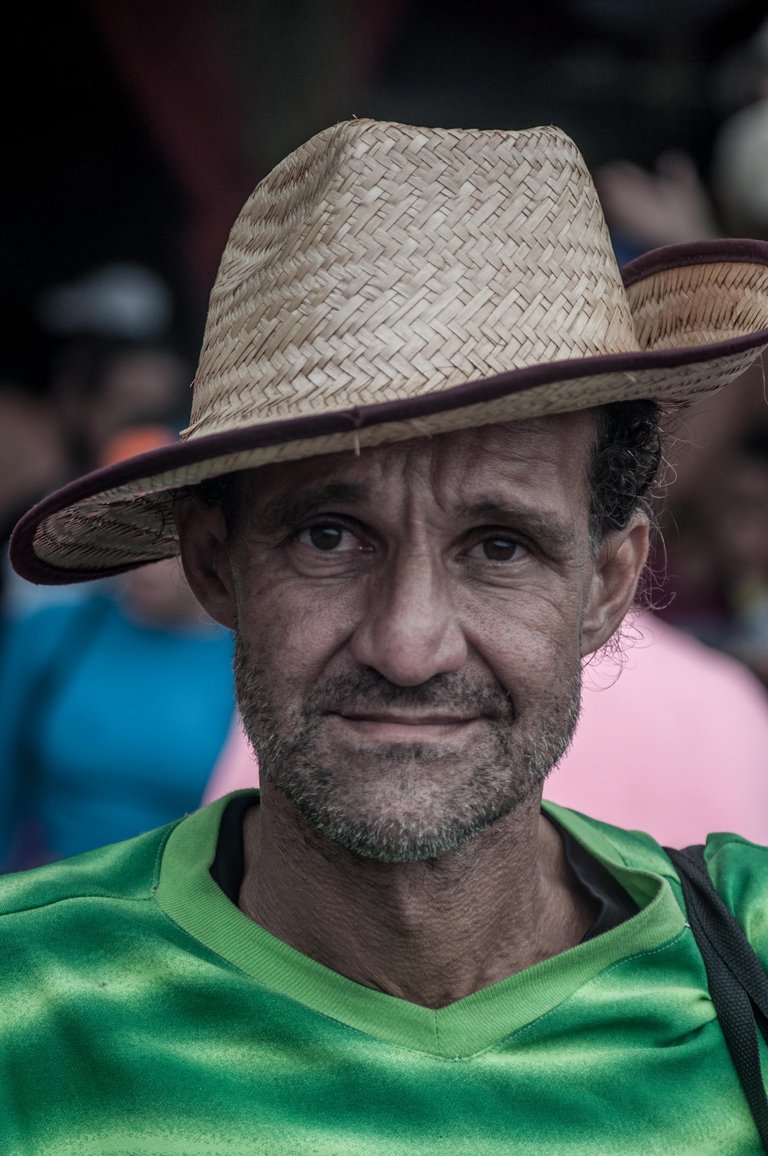
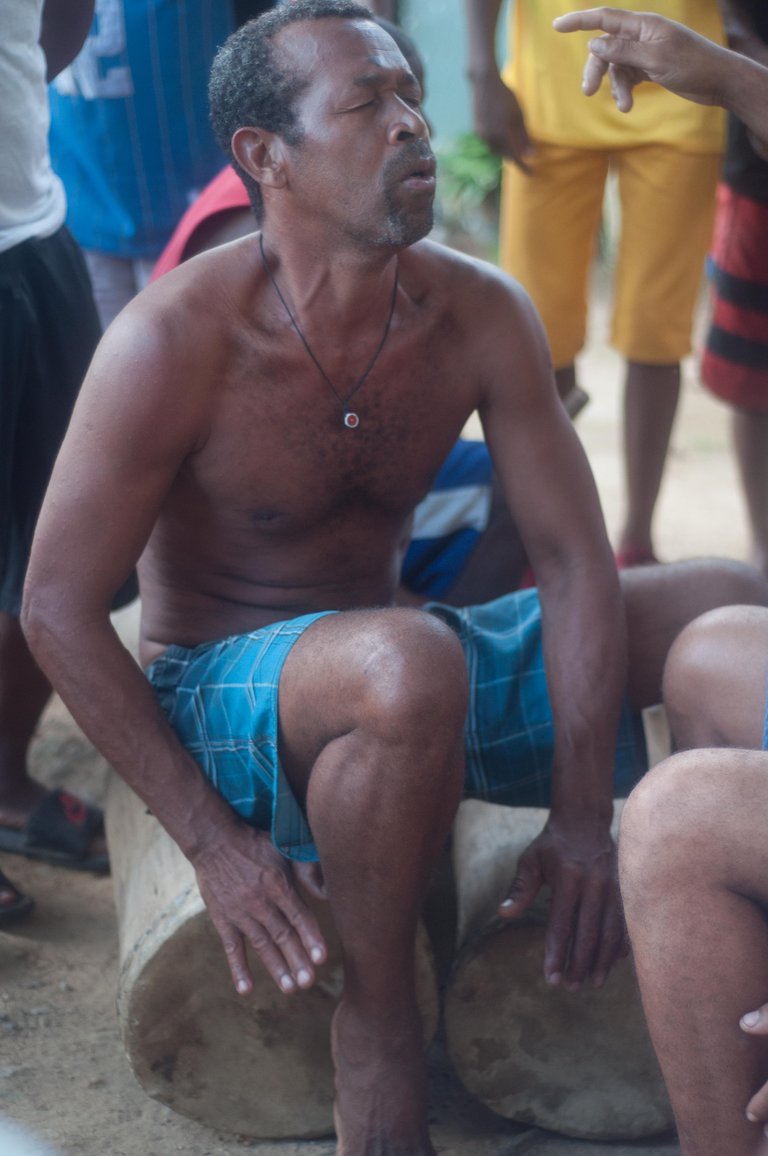
Due to her health condition, Mrs. Maria could not make the preparations for the festivity, this part could not be recorded since it is done at least 3 weeks before June 24th. Even so, the organizing committee of the brotherhood thought of giving a surprise to Maria who had not been able to attend the preparations, so at night while she slept they took the 300 year old San Juan to her house and left it by her bed. When he got up he felt an immeasurable happiness when he saw the saint by his side. So that same day he was able to carry out his usual work of preparation of the so prestigious rite.
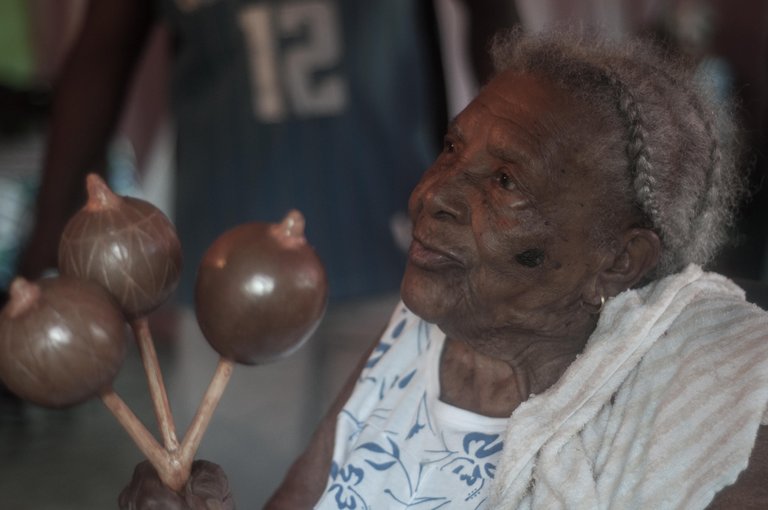

I feel very proud of the roots of my country, it is an exquisite mixture of many cultures, African, aboriginal and Spanish and at the same time it has more burden of other cultures that are related to the history of Spain.
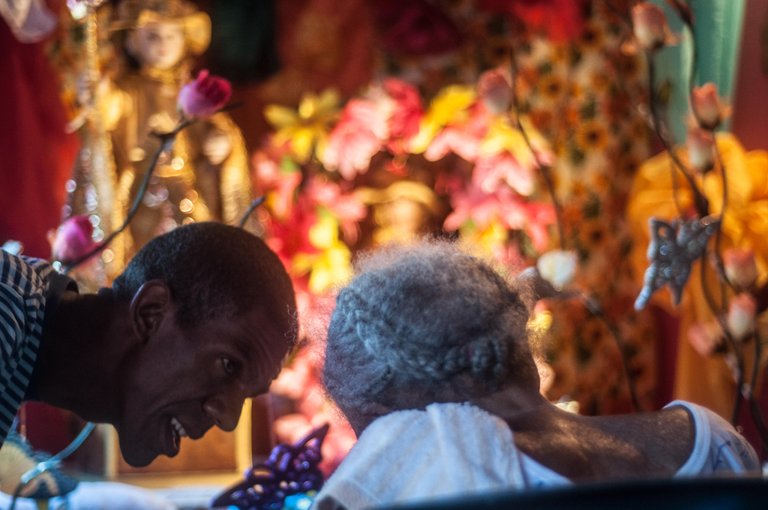
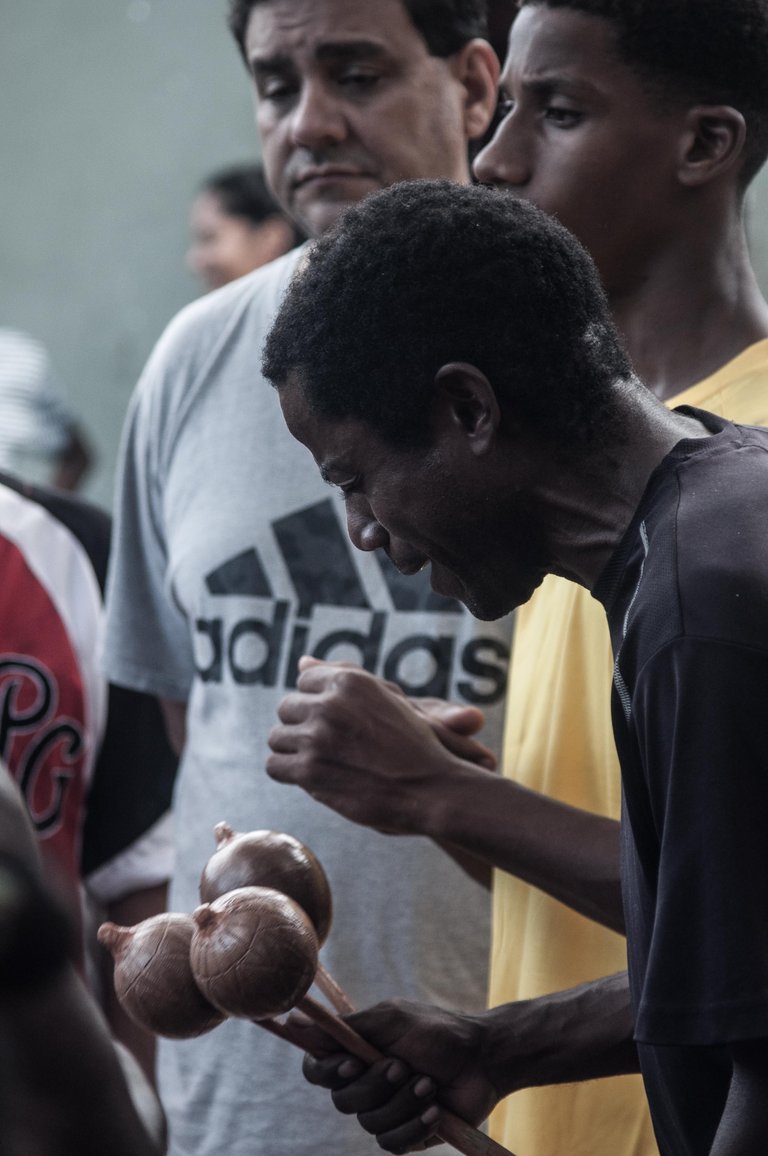

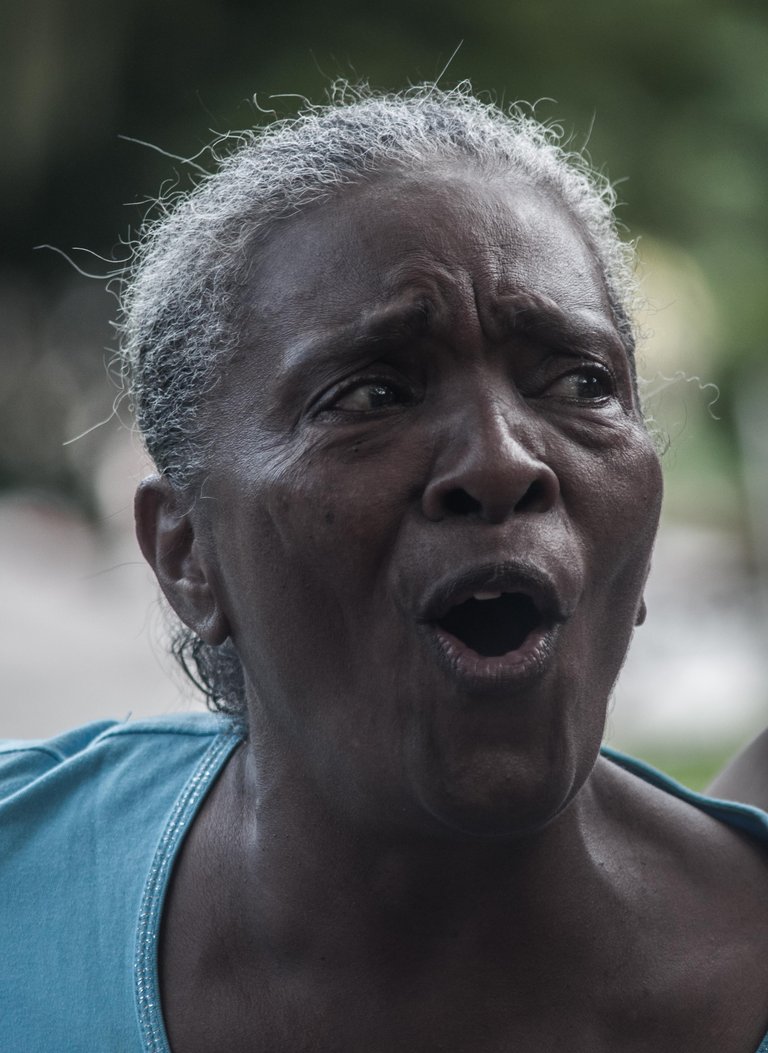
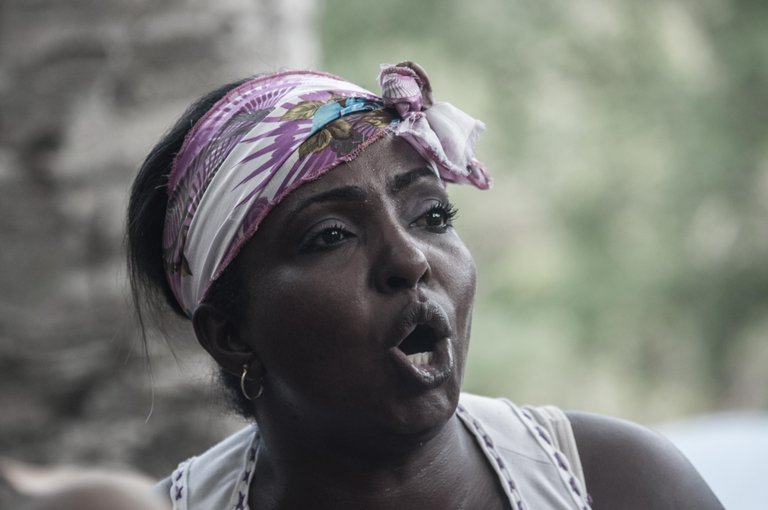
Thanks for reading
Special recognition:
@chbarist I invite all my Venezuelan brothers to visit this blog, it can be very useful in your growth in the ## community, it is also the new Witness of the steemit vote for him.
@r2cornell a guide for the steemit community supports causes like @aid.venezuela.
@mariusfebruary Great defender of just causes in steemit
@canadian.coconut defends social and family protection causes
@flamingirl Great promoter of steem in Spain
Amazing photographs and a fascinating read. Thank you for sharing this part of your trip.
Muchísimas gracias por tomar un poco de tu tiempo y conocer mi cultura.
This post was shared in the Curation Collective Discord community
community witness. Please consider using one of your witness votes on us here for curators, and upvoted and resteemed by the @c-squared community account after manual review.@c-squared runs a
It was indeed a privilege for you to join the activity and take wonderful shots of it.
Posted using Partiko Android
Muchas gracias por su apoyo.
The best read of the day, some interesting things to know and saw the beautiful glimpses of different part of the world.
Posted using Partiko Android
... Pero haya Sido de su agradoMuchas gracias @stewmflow
Hello!
This post has been manually curated, resteemed
and gifted with some virtually delicious cake
from the @helpiecake curation team!
Keep up the great work!Much love to you from all of us at @helpie!
Manually curated by @steemflow.
Excelente post informativo.
Sobre las tradiciones religiosas en Venezuela.
Hermosa toda la costa y su gente.
Mantente Genial!
Congratulationsdaily compilation #363!, your post was discovered and featured by @OCD in its
Gems!If you give @ocd a follow – you can find other
website for the whitelist, queue and delegation info. Join our Discord channel for more information.With this nomination you will be able to use @ocdb - a non-profit distribution bot for whitelisted Steemians. We usually add everyone nominated at the end of the week. :) Check our
SteemConnect or on Steemit Witnesses to help support other undervalued authors!We also have a witness. You can vote for @ocd-witness with
Very nice photos. Congratulations
Thanks buddy ☺️